What is the tolerance range of precision screws?
What is the tolerance range of precision screws?
Service Hotline
+86760-8787 8587We have more than ten years of production experience in the screw industry. The main products are: 1.5 stainless steel fine thread screws, metal retaining rings, non-standard machinable, GB819 flat head Phillips screws, self-locking anti-loosening nuts, external hexagonal step nuts, with cylindrical core anti-theft Screws, Set Combination 304 Stainless Steel Screws, Knurled Aluminum Nuts, Hexagon Socket Head Fastener Screws and Screws, Countersunk Head Machine Screws, Bottom Hole 6.0 Pressure Riveting Nuts, Galvanized Extended Hex Nuts, Locking Anti-loosening, GB827 Semicircle Fasteners such as head rivets have different prices due to different product materials and specifications. Please contact us if necessary.


Self-tapping screws were introduced into the industry in large numbers in 1914. The earliest design (essentially imitating a wood screw) was a thread-forming screw made of hardened steel with an A-ended end, mainly used to connect sheet metal channels for heating and ventilation systems. Therefore, it is also called: sheet metal screw. By the end of the 1920s, with the widening of the market and new applications, emphasizing new designs, its application performance was widely improved. The following introduces the four different stages of the development of self-tapping screws in 40 years: thread forming self-tapping screws, thread cutting self-tapping screws, thread rolling self-tapping screws and self-drilling self-tapping screws. 1. Ordinary self-tapping screws (thread forming self-tapping screws) Ordinary self-tapping screws are a direct product of early sheet metal screws. The principle is: when screwing it into a prefabricated hole, the internal thread connected to the screw is formed by the displacement of the material around the hole and the material is pushed into the space between the threads. 2. Self-cutting self-tapping screws (thread cutting self-tapping screws) Because ordinary self-tapping screws are formed only in very thin threads. And it can be easily realized on materials with good toughness. Develop and expand the use of self-tapping screws to thicker sections and harder, brittle and other materials with poor deformability. In this way, the self-cutting self-tapping screw is developed: a cutting groove or cutting edge is machined at the end of the screw shank. When this kind of screw is screwed into the prefabricated hole, the screw acts as a tap and actually cuts out the thread that connects with itself. 3. Self-Extrusion Self-Tapping Screws (Thread Rolled Self-Tapping Screws) In the early 1950s, fastener engineers began to recognize the potential advantages of self-tapping screws as structural rather than just lightly loaded attachments. This has led to the development of a new self-tapping screw thread rolling self-tapping screw (self-extrusion self-tapping screw). According to the design principle of cold forging taps, the thread and end are specially designed for this kind of screw, so that the screw can be formed by applying intermittent and periodic pressure on the crest of its thread instead of on the side of the entire thread. Internal thread for connection. By concentrating and limiting the forming pressure, the pressurized material next to the hole is made to flow more easily and to better fill (squeeze) into the flanks and roots of the thread of the self-tapping screw. Since the frictional resistance of screwing in is much lower than that of ordinary self-tapping screws, threaded rolling self-tapping screws (self-extrusion self-tapping screws) can be screwed into thicker sections. At the same time, it has better screw control and tightening torque, and greatly improves the connection strength and overall firmness. The engineering standard of this kind of self-tapping screw stipulates that the selection of materials, the mechanical properties of heat treatment and the working performance should be strictly controlled. 4. Self-drilling and self-tapping screws (self-drilling screws) People have done statistics: Among the ten expenses that constitute the total assembly cost, the highest one includes the processing of holes. In practical applications of self-tapping screws, prefabricated holes need to be processed. Moreover, in order to make the prefabricated holes have good effect in practical application, the size of these holes must be controlled within a fairly strict range. In the early 1960s, self-drilling and self-tapping screws appeared. A major step forward in reducing assembly costs by eliminating the need to machine prefabricated holes. In general, self-drilling and self-tapping screws realize drilling, tapping and tightening in one operation. These are the four main stages of self-tapping screw design and development. In addition, two newly developed products are also worthy of introduction. Both are screws with a special thread type. One is designed for plastic and other low-strength materials; the other is used in the construction industry to connect cement wall panels, so it is also called wall panel self-tapping screws.
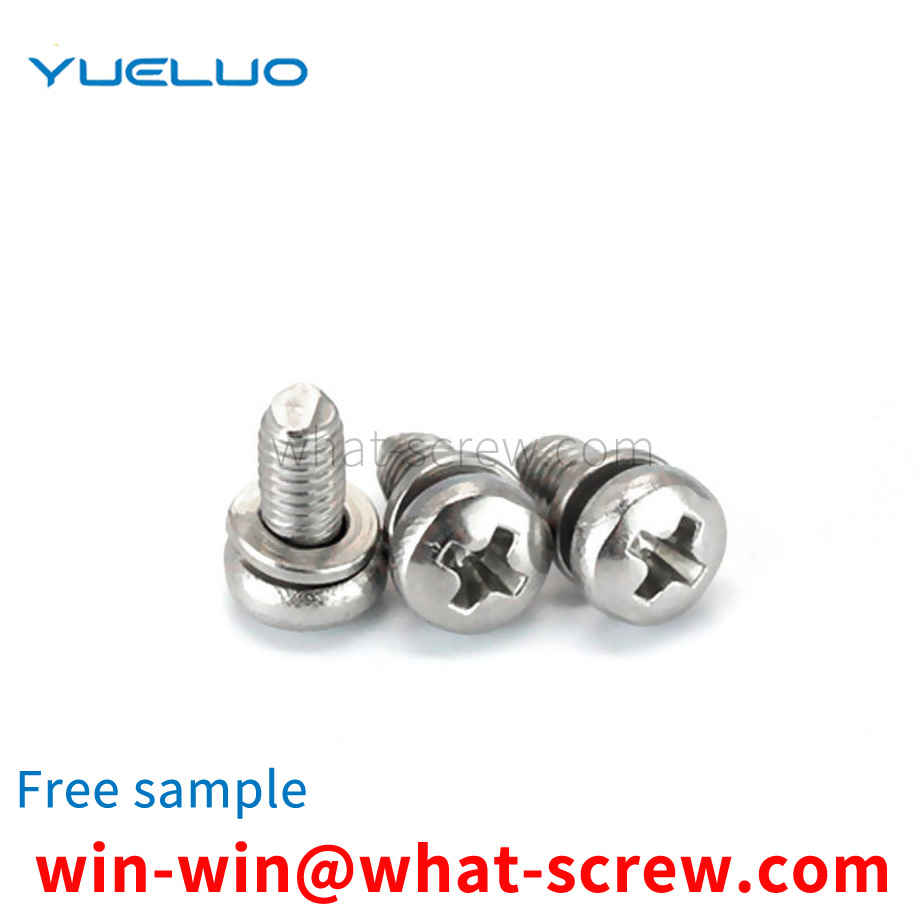
In order to meet the needs of different assembled installation components, there are also hand-tightening methods for tightening the screws, but in actual use, ordinary manual screws can easily cause hand pain to the user, and the operation is extremely inconvenient; at the same time, due to tightening The contact area between the screw and the installation component is too small. If the user exerts too much force, the uneven force per unit area of the installation component will cause deformation and depression, which will affect the use. Therefore, a manual screw is proposed to solve the above problems.
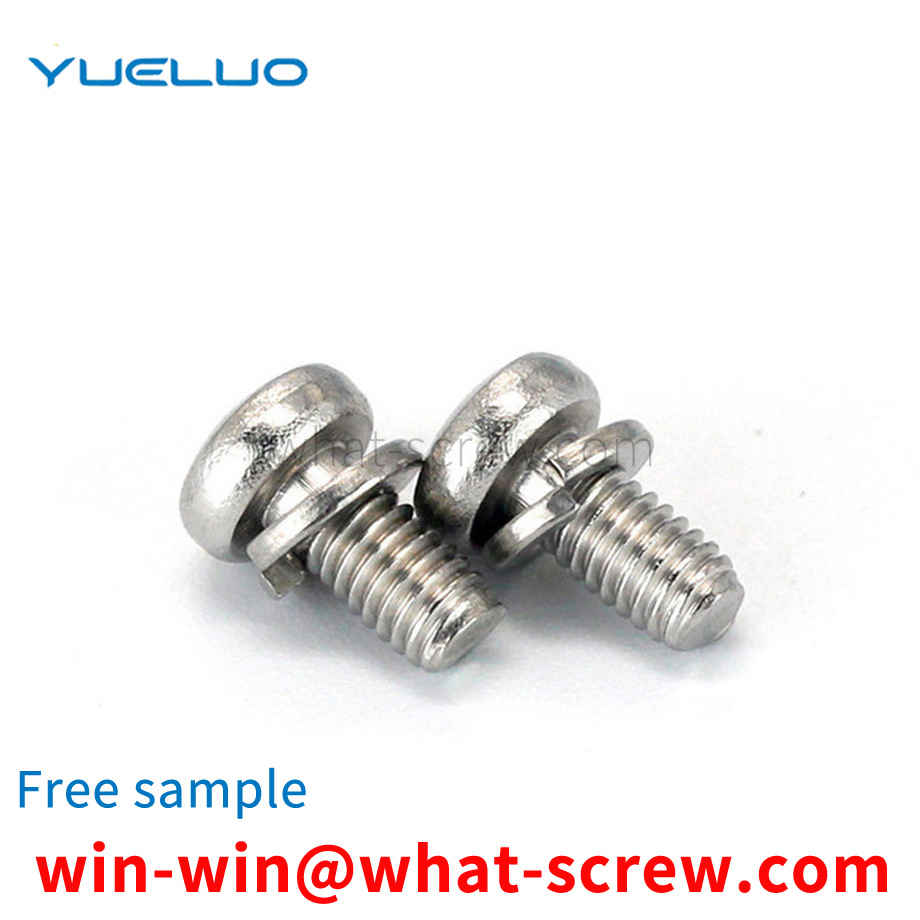
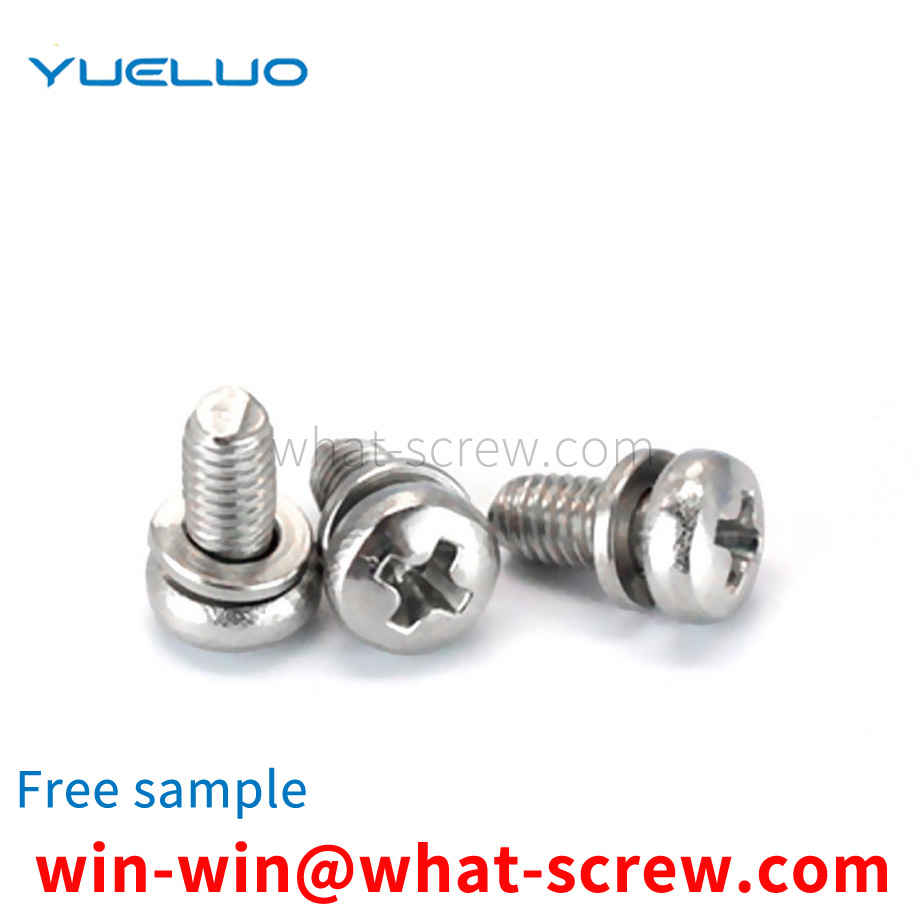
Fasteners include: bolts, studs, screws, nuts, washers, pins. Locking or seizure often occurs on fasteners of stainless steel, aluminum alloy and titanium alloy materials. These metal alloys themselves have anti-corrosion properties. When the surface is damaged, a thin oxide layer will be formed on the metal surface to prevent further rust. When the stainless steel fastener is locked, the pressure and heat generated between the teeth will destroy the oxide layer, causing blockage or shearing between the metal threads, and then the phenomenon of adhesion occurs. When this phenomenon persists, the stainless steel fasteners will be completely locked and can no longer be removed or continued to lock. Usually this series of blocking_shear_adhesion_locking takes place in just a few seconds, so the correct understanding of the use of this type of fasteners can prevent this phenomenon.
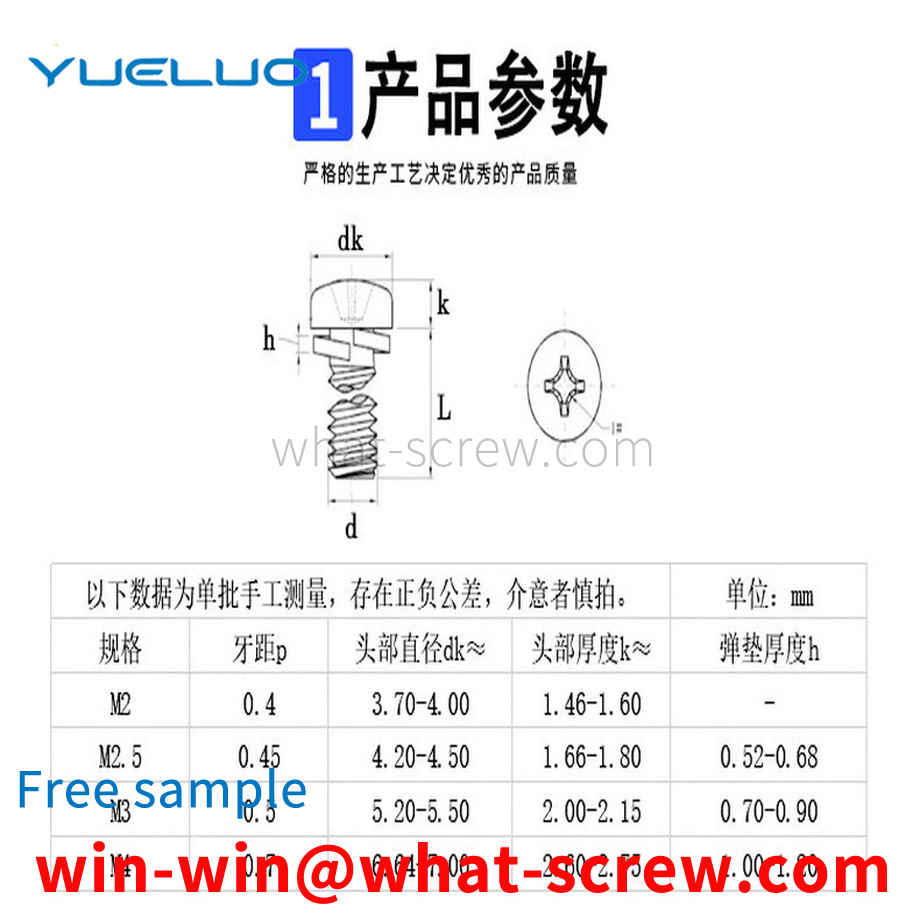
T-bolt with a spring, used for undercutting the opening of the outer closed cavity, including a head and a rod part connected in one piece, and also including a strip spacer, a spring and a pull rod, and the length of the strip spacer is greater than The opening, the connecting part of the head and the rod part are set as polygonal anti-rotation blocks, and the strip-shaped spacer is provided with anti-rotation holes for inserting the anti-rotation blocks, and the shape and size of the anti-rotation holes are the same as The size of the anti-rotation hole is smaller than that of the head; the spring is threadedly matched with the rod part, and is fixedly connected with the pull rod, and the pull rod moves away from the rod part along the axial direction of the rod part One side of the head extends. The utility model can be easily and reliably buckled in the opening of the airtight cavity, thereby facilitating the installation and connection of external parts.
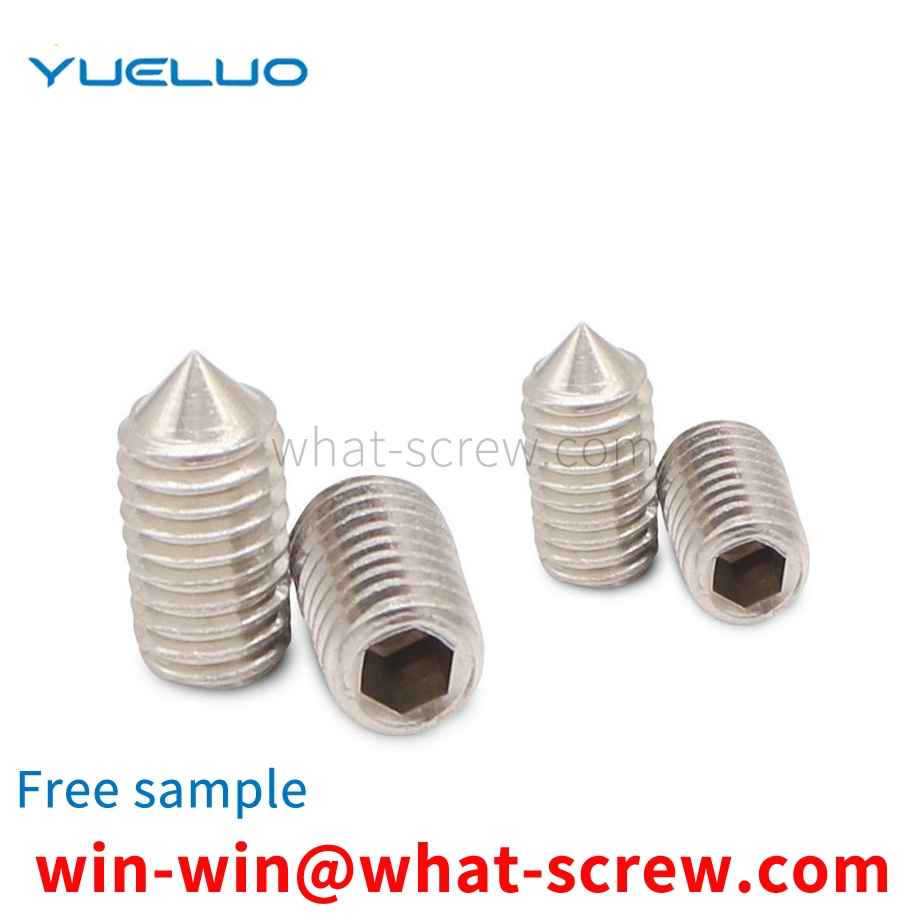
The above content is uploaded by Yueluo or the Internet. If there is any copyright issue, please contact [email protected].

What is the tolerance range of precision screws?

How to choose the right stainless steel screw manufacturer?

Why is there an R angle under the head of the hexagon head s...
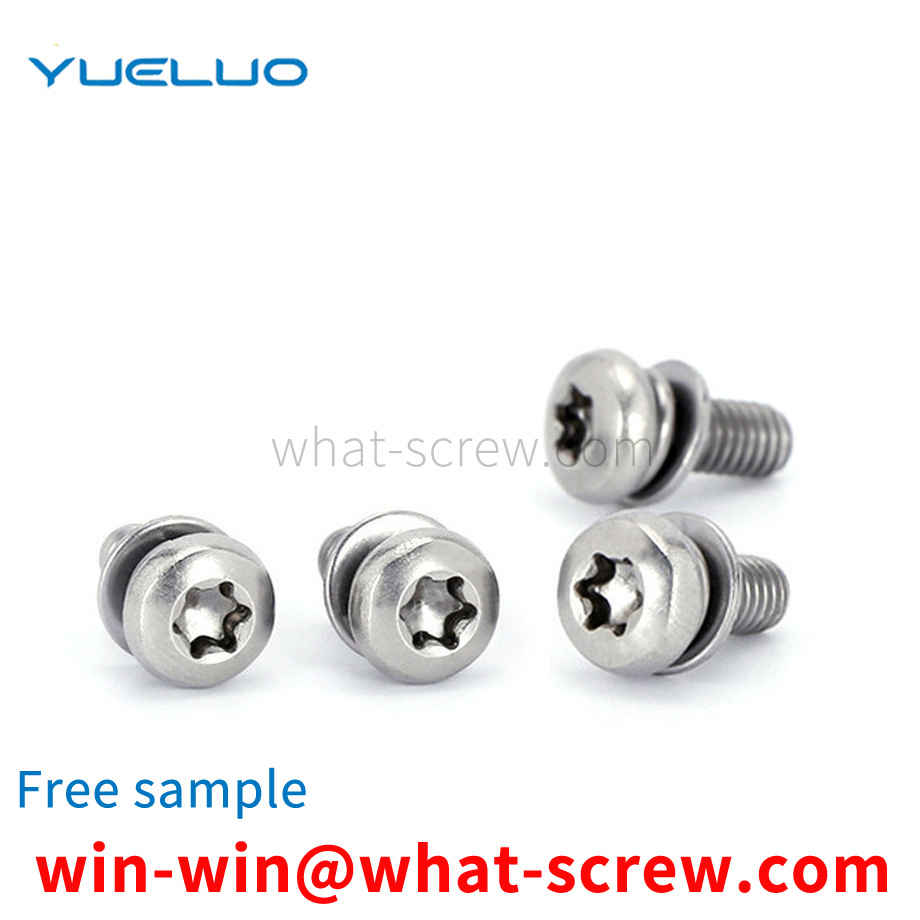
We have more than ten years of production experience in the ...

We have more than ten years of production experience in the ...

We have more than ten years of experience in screw industry ...
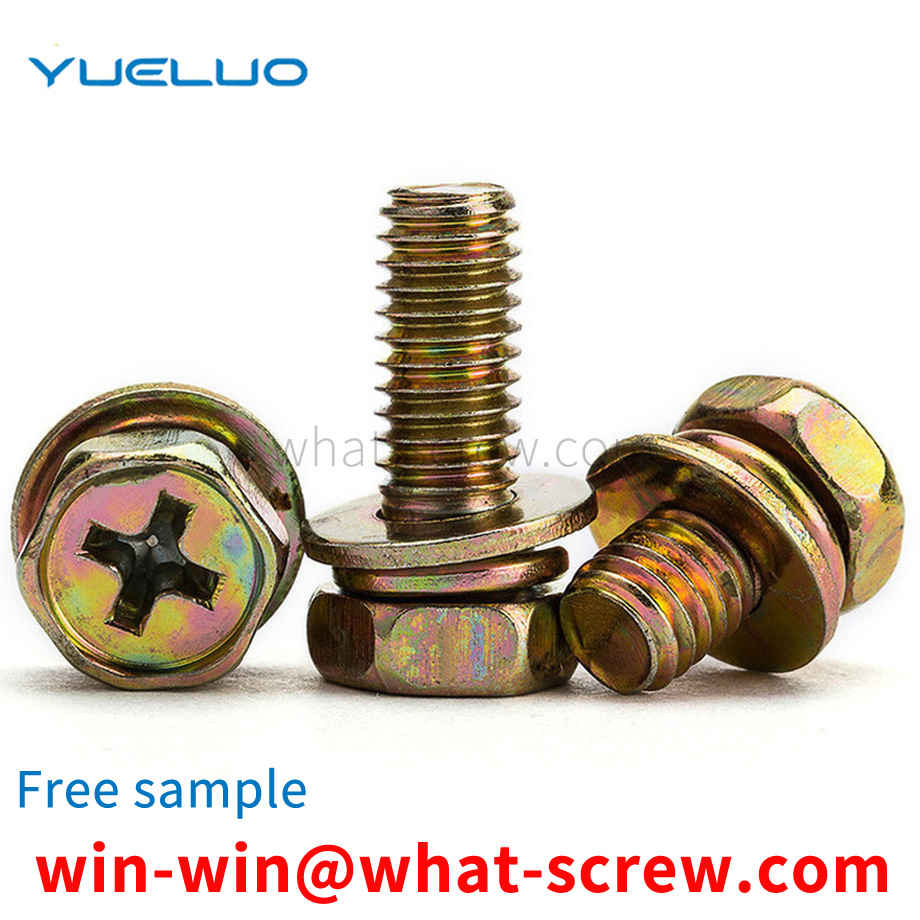
We have more than ten years of production experience in the ...